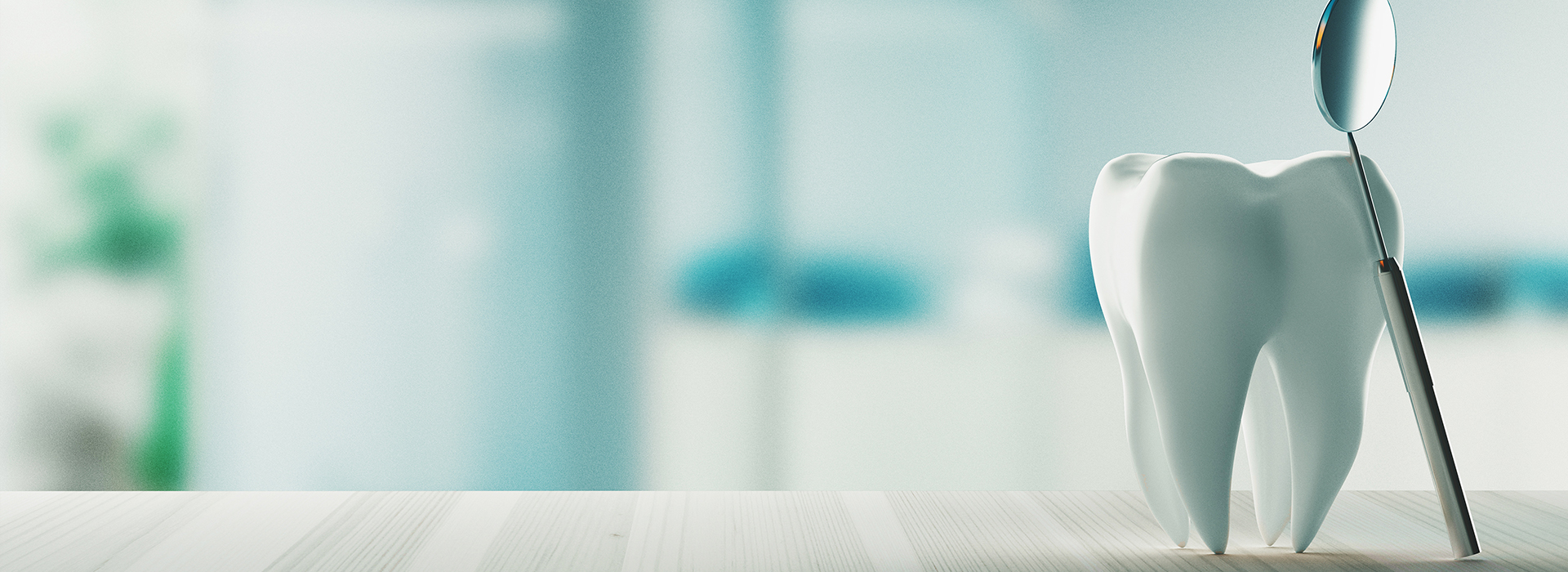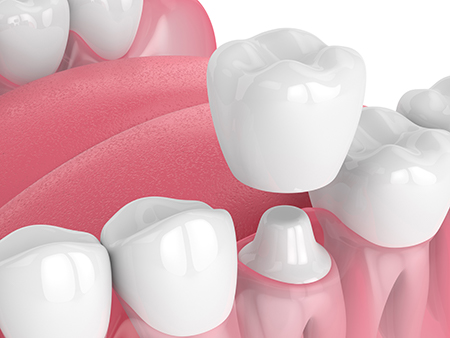

At the office of Silk Dental Delray Beach (formerly Marc Bilodeau DMD), we take a practical, patient-centered approach to restoring teeth. Our goal is to preserve as much natural structure as possible while delivering durable, attractive results that feel comfortable and function reliably. Ceramic crowns are one of the most versatile tools we use to rebuild weakened teeth and restore confident smiles.
Teeth endure a lifetime of chewing forces, accidental impacts, and occasional decay. When a tooth loses too much healthy structure for a filling to hold, a crown becomes the predictable way to protect the remaining tooth and restore normal form and function. Modern ceramic crowns offer a combination of strength, biocompatibility, and lifelike esthetics that make them an excellent choice for many restorative situations.
Our team blends clinical experience with up-to-date materials and digital workflows to plan and place crowns that match your bite and appearance goals. We take time to explain options, help you understand the benefits of going metal-free when appropriate, and create a treatment plan that balances long-term reliability with natural-looking results.
A dental crown is a full-coverage restoration that rebuilds a tooth after significant damage or structural loss. Unlike fillings, crowns replace the entire outer form of the tooth, protecting what remains and restoring chewing surfaces. Clinically, crowns are recommended when a filling would be unlikely to provide long-term strength or when additional support is required for restorative work such as bridges or implants.
Common reasons to consider a crown include extensive decay that compromises the tooth, fractures or cracks, replacement of large or failing restorations, and the need to fully cover a tooth following root canal treatment. Crowns are also used to anchor traditional bridges and to restore a dental implant's visible portion. In short, when preservation of function and prevention of further damage are priorities, a crown often offers the best solution.
We evaluate each situation on individual merits — looking at bite dynamics, neighboring teeth, gum health, and aesthetic goals — so that the chosen restoration supports long-term oral health. If a crown is recommended, we’ll walk you through the reasons, the alternatives, and the expected outcome so you can make a confident, informed decision.
Repairing a tooth with extensive decay or structural loss
Replacing a large or fractured filling that can no longer be relied upon
Restoring a tooth that serves as an implant crown or as an abutment for a bridge
Strengthening a tooth that has had root canal therapy or is prone to fracture
Correcting the appearance of a misshapen, discolored, or undersized tooth

All-ceramic crowns have evolved significantly and now offer a balance of beauty and durability that was once only possible with metal-supported restorations. Because they are metal-free, ceramic crowns avoid dark margins near the gumline and can achieve a translucency that mimics natural enamel. This optical similarity helps crowns blend seamlessly with adjacent teeth, especially in the smile zone.
Ceramics are also highly biocompatible, which means they are generally gentle on the surrounding soft tissues and less likely to produce allergic responses in susceptible individuals. Their resistance to staining keeps the restoration looking fresh over time, helping maintain an esthetic result that complements professional care and home hygiene practices.
Another practical advantage is conservative preparation. Depending on the ceramic system chosen, crowns can sometimes be made thinner than traditional metal-ceramic options, preserving more of your natural tooth. Advances in milling and material science have also made contemporary ceramics robust enough for use on back teeth where chewing forces are greatest.
These combined benefits — lifelike appearance, tissue friendliness, longevity, and more conservative prepping — are why ceramic crowns are a preferred restorative option for many patients who prioritize both form and function.

Not all ceramic crowns are the same. Materials vary in translucency, flexural strength, and wear characteristics, and the best choice depends on the tooth’s location, the forces it will face, and the esthetic demands of the case. Front teeth usually require a material that closely mimics enamel translucency, while back teeth benefit from options that emphasize strength.
Popular contemporary choices include lithium disilicate, valued for its balance of esthetics and strength; leucite-reinforced pressable ceramics, often used where a natural sheen is desired; and zirconia in monolithic or layered forms, which provides exceptional durability for posterior restorations. High-translucent zirconia blends improved esthetic qualities with the toughness zirconia is known for.
Our clinicians review the functional requirements of the tooth, your smile goals, and any parafunctional habits like clenching or grinding before recommending a material. We also consider how the crown will interact with adjacent restorations and the opposing dentition to ensure a harmonious, long-term result.
Lithium Disilicate Porcelain Crowns
Leucite Reinforced Pressable Porcelain Crowns
Solid or Monolithic Zirconia
High Translucent Zirconia

Our process for delivering a ceramic crown emphasizes accuracy and patient comfort. After a careful diagnostic exam and digital imaging, we prepare the tooth in a way that balances strength and conservation. Impressions or digital scans capture detailed anatomy so the lab or in-office milling unit can reproduce the tooth’s contours precisely.
We make sure the crown fits smoothly with your bite and adjacent teeth by checking contacts, occlusion, and gum health before final cementation. Modern adhesive techniques and cement selection enhance the crown’s retention while providing a tight marginal seal that protects against future decay along the crown edge.
Post-placement, we verify that the restoration feels natural and that you can clean around it easily. We also provide guidance on maintaining crowns through routine hygiene practices and periodic checkups so the restoration continues to perform well for years to come.
At Silk Dental Delray Beach (formerly Marc Bilodeau DMD), we combine clinical skill, modern materials, and a patient-focused workflow to create restorations that meet both functional needs and aesthetic expectations. Our team aims to deliver reliable, minimally invasive care guided by clear communication and careful planning.
We prioritize treatment decisions that protect natural tooth structure while achieving predictable outcomes. Whether the goal is a seamless front-tooth restoration or a durable crown to withstand strong chewing forces, our approach centers on choosing the most appropriate material and technique for each individual case.
Every restoration we place is backed by thorough examination, precise fabrication protocols, and attentive follow-up care. If you’re considering a ceramic crown and want a restoration that looks natural and performs dependably, our practice is ready to help you explore your options and plan the right approach for your smile.
To learn more about ceramic crowns or to discuss whether they are a good option for you, please contact us for additional information and to schedule a consultation.
While a dental filling is designed to replace a portion of a decayed or damaged tooth, a dental crown offers full coverage to restore the tooth’s entire outer surface. A well-fitting dental crown not only protects and strengthens the underlying tooth structure, but it also restores the tooth’s appearance and function.
The procedure for getting an all-ceramic crown is much like the procedure for getting any other type of crown. In all cases, the tooth needs to be prepared, an impression taken, and a permanent crown cemented into place. A single all-ceramic crown can typically be fabricated over the course of two visits. However, with CAD/CAM technology, a same-day crown can be fabricated from start to finish in a single visit. With the first approach, a temporary crown is typically worn until the second visit, when the permanent restoration is placed. As with every treatment plan, our office will explain your best options in care.
As the name implies, a temporary crown is only worn for a short time until the permanent crown is placed. A temporary crown is typically fabricated from durable tooth-colored dental acrylics. While designed to protect the underlying tooth between appointments, and until your new permanent crown gets placed, a temporary crown is also fabricated to look like a natural tooth and maintain the look of your smile.
While you should feel better having an attractive and functional tooth to restore your smile, your tooth may feel a little sensitive following treatment. This initial sensitivity will subside. We take great care to make sure your new restoration looks great, fits well, and your bite is perfect. However, we’re always happy to make any minor adjustments to ensure your comfort.
With some exceptions, teeth with root canal procedures are typically restored and protected from further damage with a full-coverage crown. Based on what’s best for your smile, our office will recommend the most appropriate restoration to maintain the health and longevity of your tooth following a root canal procedure.
A dental crown is a long-term restoration that, if properly cared for, can serve you well for many years to come. Once your new crown is placed, it requires the same brushing, flossing, and periodic checkups as your natural teeth. Avoid biting your fingernails and chewing on hard or sticky objects such as ice, pencils, or taffy, which can damage or loosen your crown. Remember, clenching and grinding your teeth puts excessive pressure on both natural teeth and dental restorations. Unless treated, this habit can compromise the longevity and integrity of your dental work, including crowns.
Although your new all-ceramic crown restores the tooth's strength, form, and function, you can still develop dental disease in the absence of proper care. To prevent gum disease and tooth decay, it’s essential to brush and floss as instructed and see our office for routine checkups, cleanings, and care.
How long a dental crown lasts depends on various factors, including your level of oral care, diet, and oral habits. While the standard answer is that dental crowns can last anywhere from 5 to 15 years, existing literature confirms that most dental crowns remain in place at 15 to 20 years.
At the office of Silk Dental Delray Beach (formerly Marc Bilodeau DMD), we strive to provide the highest quality of care to address all your dental needs. Once we’ve had the opportunity to examine your smile, we can give you a clear picture of any dental issues that are present, along with a quote for how much treatment will be. The cost of dental crowns can vary a little, depending on the type of crown and its location. Our goals are to provide the highest quality of care and help patients begin treatment without additional financial stress or delay. We’re always happy to answer all your questions on dental insurance coverage, available financing, and payment plans.
Coverage for all-ceramic crowns depends on your dental insurance plan. Today, many dental plans provide some level of coverage for all-ceramic crowns. At the office of Silk Dental Delray Beach (formerly Marc Bilodeau DMD), we work with patients to optimize their dental benefits and get the care they need to maintain healthy and beautiful smiles!
Quick Links